Are you looking for how to get rid of mushrooms in lawn and need to stop them from growing? Mushrooms growing in your lawn can be an eyesore, and while they don’t harm your grass, they often indicate deeper lawn problems such as excessive moisture, decaying organic matter, or compacted soil.
If you’re struggling with unwanted mushrooms in your garden, this guide will help you understand why they appear and how to remove them effectively.
By following the right methods, you can stop mushrooms from growing and maintain a healthier, fungus-free lawn.
Why Are Mushrooms Growing in My Garden?
Mushrooms grow in lawns and gardens due to specific conditions that favour fungal growth. These conditions include excess moisture, decomposing organic matter, compacted soil, and limited sunlight.
What are the Common Reasons Mushrooms Appear in Lawns?
- Excess Moisture – Overwatering, poor drainage, and damp weather create the perfect environment for mushrooms.
- Organic Matter Decay – Decomposing tree roots, leaves, mulch, and grass clippings act as food sources for fungi.
- Compacted Soil – Hard, dense soil prevents proper air circulation and traps moisture, allowing mushrooms to thrive.
- Low Sunlight Areas – Mushrooms prefer shaded, damp environments, making heavily shaded areas more prone to fungal growth.
- Soil pH Imbalance – Acidic or nutrient-deficient soil can promote mushroom growth.
Understanding these causes helps in applying the right solutions to remove mushrooms and prevent their return.
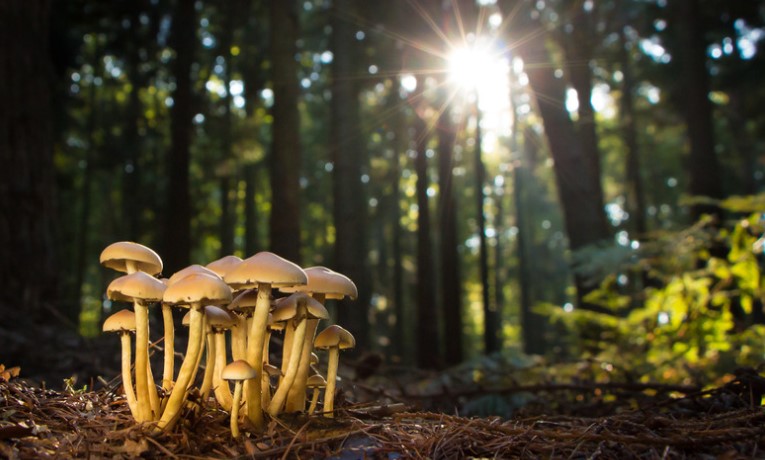
How to Get Rid of Mushrooms in Lawn? – 5 Effective Ways
1. Remove Mushrooms by Hand
The fastest way to eliminate mushrooms is to remove them manually before they release spores.
How to Remove Mushrooms by Hand?
- Wear gloves to avoid direct contact.
- Pick the mushrooms carefully, ensuring you remove them at the base.
- Place the mushrooms in a sealed bag and dispose of them in the bin.
- Rake the affected area to disturb any hidden fungal spores.
Picking mushrooms early in the morning before they mature prevents them from spreading spores and growing back.
2. Improve Lawn Drainage
Poor drainage and excess moisture are the main reasons for mushroom growth. Improving your lawn’s drainage will reduce damp conditions that encourage fungi.
How to Improve Lawn Drainage?
- Aerate the lawn using a garden fork or aeration tool to allow better water absorption.
- Level any low spots where water collects after rainfall.
- Water the lawn in the morning instead of the evening to allow excess moisture to evaporate.
- Use sand or compost to improve soil structure and drainage.
A well-drained lawn discourages mushroom growth by preventing excess moisture buildup.
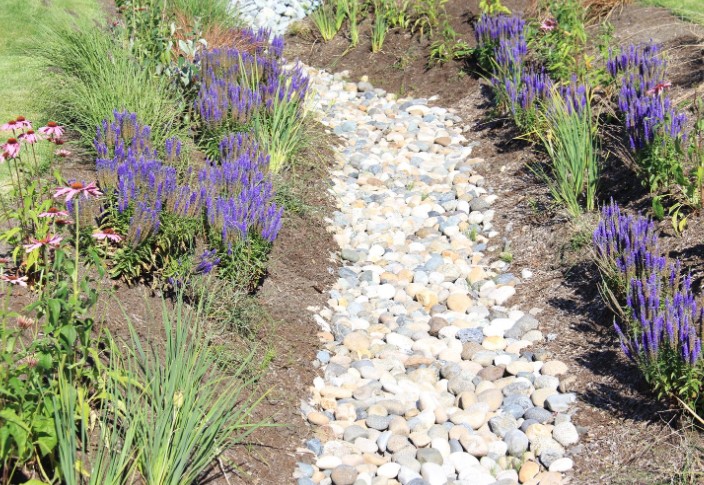
3. Use a Natural Fungicide
Natural solutions can help kill mushrooms without harming your grass.
What Are The Best Natural Fungicides for Mushrooms?
- Baking Soda Solution: Mix two tablespoons of baking soda with one gallon of water and spray over mushrooms. This alters the soil’s pH and inhibits fungal growth.
- Dish Soap Spray: Mix a few drops of dish soap with water and spray directly onto mushrooms to break down their structure.
- White Vinegar Mix: A diluted solution of white vinegar can be used as a natural fungicide, but it must be applied carefully to avoid harming nearby grass.
Applying these treatments regularly will help eliminate mushrooms and stop them from spreading.
4. Apply Commercial Lawn Fungicide
For severe mushroom infestations, a store-bought fungicide may be necessary.
How to Choose and Use a Lawn Fungicide?
- Select a fungicide labelled for mushroom control and safe for grass.
- Opt for pet-safe and eco-friendly options to protect your lawn and environment.
- Apply fungicide according to the manufacturer’s instructions for the best results.
Fungicides are effective for stopping mushroom growth but should be combined with lawn maintenance practices for long-term prevention.
5. Reduce Organic Debris in Lawn
Decaying organic matter provides nutrients for fungi, so keeping your lawn clean can prevent mushroom growth.
How to Remove Organic Debris from Your Lawn?
- Rake up fallen leaves and remove excess grass clippings.
- Remove old tree stumps and decomposing wood from the lawn.
- Regularly dethatch your lawn to prevent organic buildup.
Keeping your lawn free from decaying plant material will eliminate the food source that mushrooms rely on.
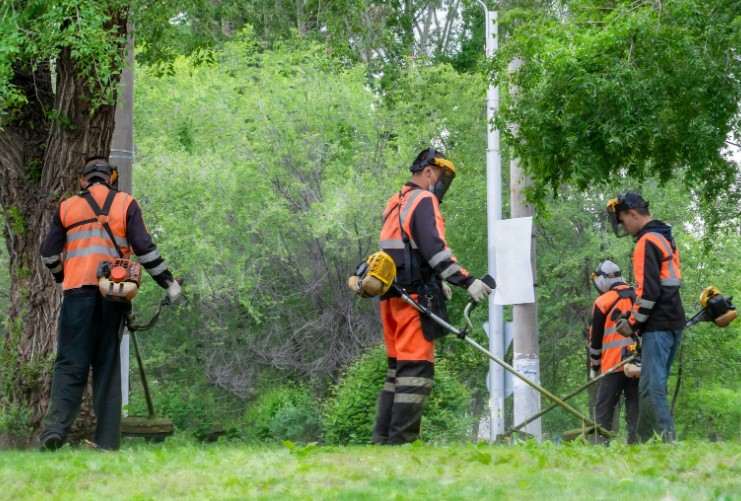
How to Stop Mushrooms Growing in Garden?
Preventing mushrooms from reappearing involves improving overall lawn health and maintaining good garden practices.
What are the Key Prevention Methods?
- Aerate the soil regularly to improve drainage and reduce fungal growth.
- Increase sunlight exposure by trimming trees or bushes that create excessive shade.
- Balance soil pH levels by adding lime if your soil is too acidic.
- Dethatch the lawn to remove organic matter that encourages fungal growth.
- Apply a preventative fungicide if mushrooms have been a recurring issue.
By making these changes, you can create an environment that is less favourable for mushrooms to grow.
Are Lawn Mushrooms Poisonous in the UK?
Most lawn mushrooms in the UK are harmless, but some can be toxic, especially to pets and children.
What are Common Poisonous Lawn Mushrooms in the UK?
- Fly Agaric (Amanita muscaria) – Red cap with white spots, highly toxic.
- Death Cap (Amanita phalloides) – Extremely poisonous and can be deadly if ingested.
- Fool’s Funnel (Clitocybe rivulosa) – Small white mushrooms that can be harmful to pets.
If you are unsure about a mushroom in your lawn, avoid touching or consuming it and consult an expert.
How to Kill Mushrooms in Lawn?
The best way to kill mushrooms is to remove them manually, improve lawn drainage, and apply natural or chemical fungicides.
What are Fastest Methods to Kill Mushrooms?
- Hand-pick and dispose of mushrooms immediately.
- Apply baking soda, dish soap spray, or vinegar to affected areas.
- Improve drainage and aeration to stop future growth.
- Use a store-bought fungicide if mushrooms keep returning.
Combining these methods will help you eliminate mushrooms and prevent new ones from growing.
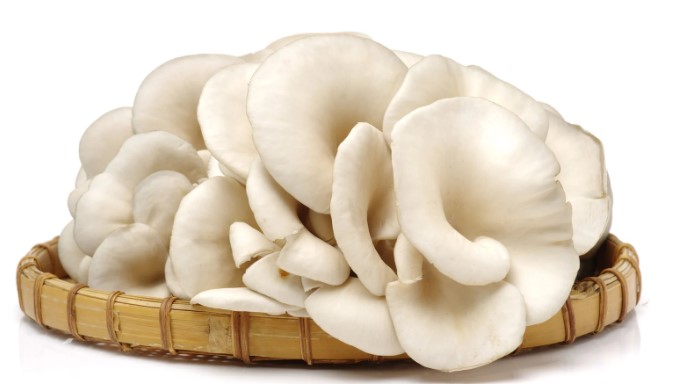
Conclusion
Mushrooms in your lawn are a sign of moisture and organic decay, and while they are not directly harmful to grass, they can be unsightly and sometimes toxic.
The best way to remove mushrooms is by improving drainage, manually removing them, applying natural treatments, and maintaining proper lawn care.
By following these steps on how to get rid of mushrooms in lawn, you can eliminate mushrooms and keep your garden healthy and fungus-free.
Common Questions on Mushrooms in Lawn
1. Are Mushrooms in Lawn a Problem?
Mushrooms do not harm grass, but they indicate excess moisture and organic decay, which can affect lawn health. They can also be toxic to pets and children, making removal important.
2. What Type of Mushrooms Are Growing in My Lawn?
The most common lawn mushrooms in the UK include Fairy Ring Mushrooms, Ink Cap Mushrooms, and Parasol Mushrooms. Some are harmless, while others can be toxic.
3. Are the Mushrooms in My Lawn Poisonous to Dogs?
Some mushrooms, such as Death Cap and Fool’s Funnel, are highly toxic to dogs. If your dog ingests a wild mushroom, seek veterinary attention immediately.
4. How Do You Get Rid of Fungus in Your Lawn?
To remove fungus from your lawn:
- Improve drainage by aerating the soil.
- Apply natural fungicides like baking soda or dish soap spray.
- Reduce organic debris where fungi thrive.
- Use a commercial lawn fungicide if necessary.

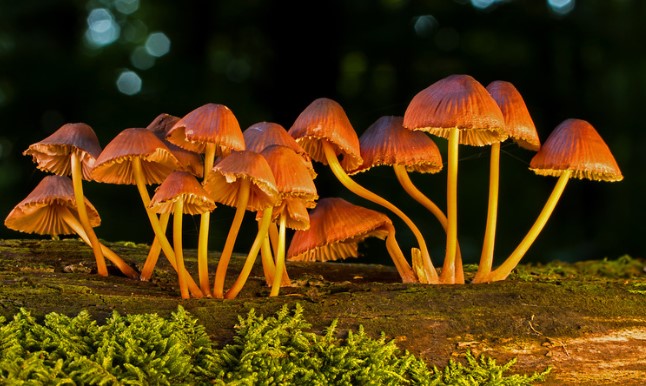
0 Comments